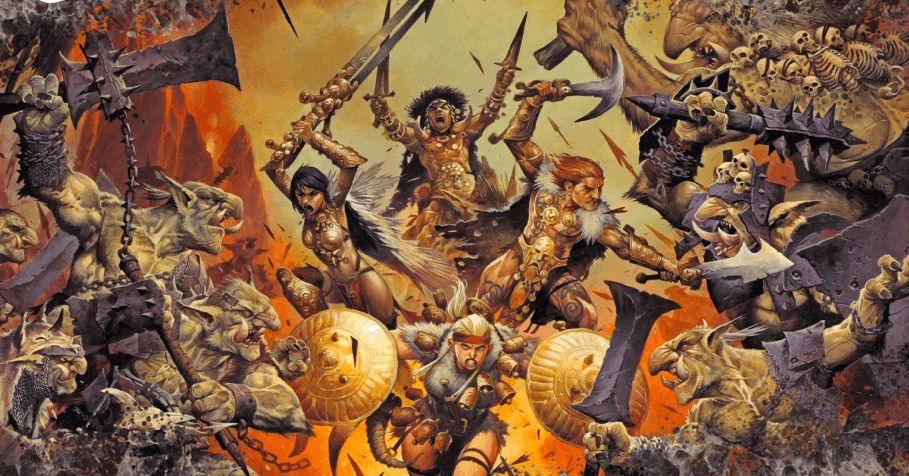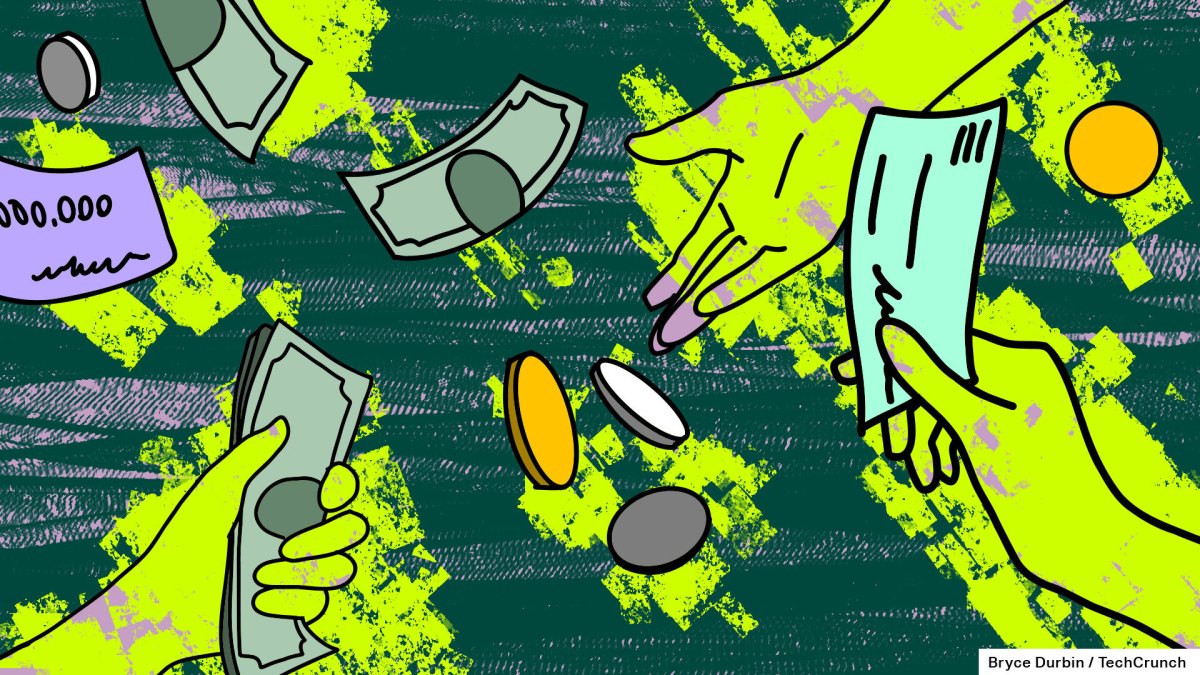
Compared to many other crowdfunding sectors, the board game business has been a relatively safe bet over the past decade. In stark contrast to what’s happened with tech and video game backers, tabletop players have often plunked down their cash and then, a couple of years later, received crisp new boxes of cardboard and plastic. This approach has resulted in some of the best board games of the past decade, and it has fundamentally improved the industry by raising production values and broadening creativity. It’s been such a successful endeavor that some of the largest companies in the industry have emerged from Kickstarter, such as CMON Games (Zombicide, Marvel United), Stonemaier Games (Wingspan, Scythe), and Awaken Realms (Nemesis, Tainted Grail).
Yet recently, I feel that trend has started to change. This once-exciting method of producing games has taken a bit of a turn, and the dice have started to come up craps. Projects have become less enticing for consumers, with increased risks, higher costs, and promised exclusive content that ends up not really being exclusive.
The single most significant culprit for this downturn has been the economic impact on publishers due to the pandemic. Supply chain issues and rising materials costs have exerted a tremendous amount of pressure on an industry that operates on small margins. China’s multiple shutdowns and its unstable economy have resulted in an ever-evolving logistics situation, which requires increased effort and skill on behalf of publishers. In addition to the ever-shrinking profits on the production side, the consumer has been significantly impacted.
One look at a CMON campaign’s shipping price is guaranteed to make the hairs on the back of your neck stiffen. I remember when the company’s original Kickstarter campaign for Zombicide launched way back in 2015. It’s hard to believe now, but the shipping was free. The campaign caught fire, raising nearly $800,000 and producing a bevy of exclusive content that would never be available again. Backers made out like bandits, receiving 43 extra miniatures, 12 additional cards, a special campaign of linked scenarios, an online scenario editor, six glow-in-the-dark dice, and a T-shirt as bonus material in addition to the core game. This model became CMON’s calling card: a veritable truckload of exclusive content that would not be available later at retail, resulting in big gains for both consumer and producer. It also trickled down to other companies such as Awaken Realms and Monolith, quickly becoming the standard for miniature-heavy projects.
That was the past. Now the pledge price for these big games has jumped from Zombicide’s $100 up to $130 for a comparable amount of content in CMON’s recent DCeased campaign. And the shipping that was included in that original $100 price is now estimated at $40 for DCeased. While it’s reasonable to think that a price hike is necessary for these companies to survive and continue producing games, it has resulted in a crowdfunding model with much less upside for consumers. Even some of the exclusive extras that make up much of the perceived value during fast-moving campaigns eventually become available to purchase at retail. These items now continually appear in follow-up campaigns, such as the successful Dune: War for Arrakis recently returning to crowdfunding a second time. This strategy of pushing out a second campaign overtly highlights that these projects are functioning as pre-orders, further straying from the idea of crowdfunding as it was originally conceived.
Beyond the rising costs and the loosening of exclusivity with follow-up campaigns and retail sales, the risk for customers has also ballooned. While there were instances of projects and companies going belly-up prior to the pandemic (see: The Doom That Came to Atlantic City), a rising tide of high-profile failures has recently been flooding the news cycle. Mythic Games has been the most prominent recent troublemaker, stringing out its fulfillment for the massively successful Darkest Dungeon and 6: Siege board games. In both instances, backers were forced to pay multiple times for their rewards, kicking in more money than they had originally pledged to the projects and hoping for the best. While both of these games ultimately delivered on their core expressions, Mythic was forced to sell off several other intellectual properties such as Anastyr and Hel: The Last Saga to competitor CMON in order to remain solvent. CMON has said that it will offer existing backers of those two projects a copy of each game, although the content will be severely reduced from the original pledge offerings. Both Anaystyr and Hel: The Last Saga received hundreds of thousands of dollars in support, and now their backers are in limbo, hoping to receive a small slice of what they paid for, as the original promises will never be met.
Mythic Games is just one example. Golden Bell Studios stiffed thousands of backers by only partially fulfilling its dungeon crawling card game Unbroken, yet the company continues to appear regularly at conventions to sell a retail version of that game. Funforge raised more than half a million dollars to reprint its hit civilization game Monumental, but over 4,000 backers who supported the project are still waiting four years later, with nothing yet delivered. Meanwhile, a lower-profile version of the game has already appeared at retail for anyone to purchase. These are the big failures, but there are dozens of smaller cases scattered about. I personally have been waiting for the solitaire expansion for Academy Games’ Agents of Mayhem board game, which was promised as part of a crowdfunding project in 2019. These packs of cards sat in a warehouse since October 2023 and have only just begun shipping to backers.
While many of us have grown weary, I’m not suggesting we throw the baby out with the bathwater. There is still a lot of good work being done on crowdfunding platforms. The aforementioned Dune: War for Arrakis is a phenomenal game, thanks in part to a successful $1.33 million campaign. Smaller outfits like Leder Games continue to utilize the framework to produce exceptional work. There are still new indie developers popping up every other week, even if they are unfortunately overshadowed by the giants that make up the bulk of the space. This is precisely why I’m arguing the magic is gone, though. These large companies that are the face of crowdfunding have lost their swagger; the value of their offerings has diminished; and the risks attached to these big campaigns have increased significantly. Previously, we all benefited, and that led to breakthroughs in game development and marketing. Now the bottom has fallen out, and it’s much less enticing.



